Rising Demand for Energy Efficiency
The glass curtain-wall market is experiencing a notable surge in demand for energy-efficient building solutions. As energy costs continue to rise, property developers and architects are increasingly prioritizing materials that enhance thermal performance. Glass curtain walls, with their ability to provide natural light while minimizing heat loss, are becoming a preferred choice. In the US, energy-efficient buildings can reduce energy consumption by up to 30%, making them attractive for both commercial and residential projects. This trend is further supported by government incentives aimed at promoting sustainable construction practices. Consequently, the glass curtain-wall market is likely to benefit from this growing emphasis on energy efficiency, as stakeholders seek to comply with regulations and meet consumer expectations for environmentally friendly buildings.
Growth in Commercial Real Estate Sector
The glass curtain-wall market is benefiting from the robust growth in the commercial real estate sector. As urban areas continue to expand, there is a rising demand for modern office spaces that utilize glass curtain walls to create aesthetically pleasing and functional environments. In the US, the commercial real estate market is projected to grow at a CAGR of 4.5% over the next five years, driven by increased investments in infrastructure and urban development. This growth is likely to result in a higher adoption of glass curtain walls, as they offer advantages such as natural light, energy efficiency, and modern design. Consequently, the glass curtain-wall market is expected to thrive as more commercial projects incorporate these systems into their designs.
Consumer Preference for Aesthetic Appeal
The glass curtain-wall market is increasingly influenced by consumer preferences for aesthetic appeal in building designs. As architectural trends evolve, there is a growing inclination towards sleek, modern facades that utilize glass extensively. This shift is particularly evident in urban developments, where glass curtain walls are favored for their ability to create visually striking structures. In the US, studies indicate that buildings with glass facades can enhance property values by up to 15%, making them attractive investments for developers. As consumers and investors alike prioritize aesthetics alongside functionality, the glass curtain-wall market is likely to see sustained growth, driven by the demand for visually appealing and contemporary architectural solutions.
Technological Advancements in Manufacturing
Technological innovations in the manufacturing processes of glass curtain walls are significantly impacting the market. Advanced fabrication techniques, such as automated cutting and precision engineering, are enhancing the quality and performance of glass products. These advancements not only improve the structural integrity of curtain walls but also reduce production costs, making them more accessible to a broader range of projects. In the US, the integration of new technologies has led to a reduction in manufacturing waste by approximately 20%, which is beneficial for both the environment and the bottom line. As manufacturers continue to invest in cutting-edge technologies, the glass curtain-wall market is poised for growth, driven by improved product offerings and competitive pricing.
Regulatory Support for Sustainable Building Practices
The glass curtain-wall market is positively influenced by regulatory frameworks that promote sustainable building practices. In the US, various federal and state regulations encourage the use of environmentally friendly materials and energy-efficient designs. Programs such as LEED (Leadership in Energy and Environmental Design) certification incentivize developers to incorporate glass curtain walls into their projects, as these systems often contribute to achieving higher sustainability ratings. The increasing stringency of building codes and standards is likely to drive demand for glass curtain walls, as they are recognized for their ability to enhance energy performance and reduce carbon footprints. This regulatory support is expected to bolster the glass curtain-wall market, as stakeholders align their projects with sustainability goals.


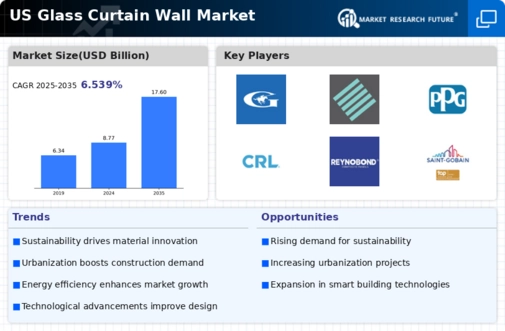

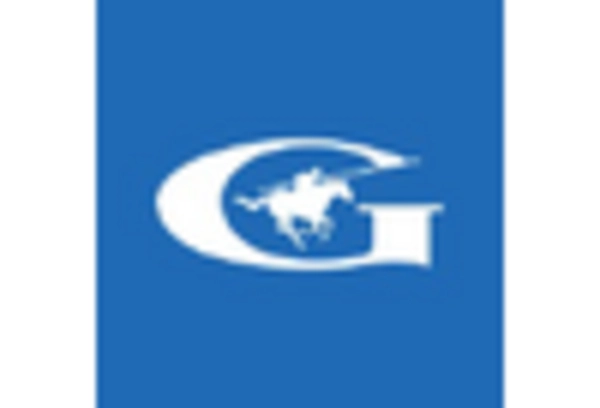
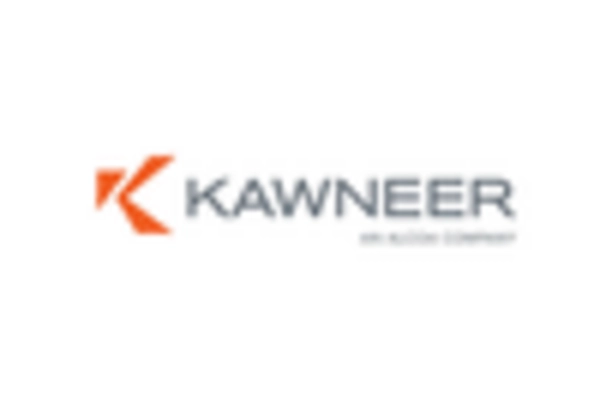
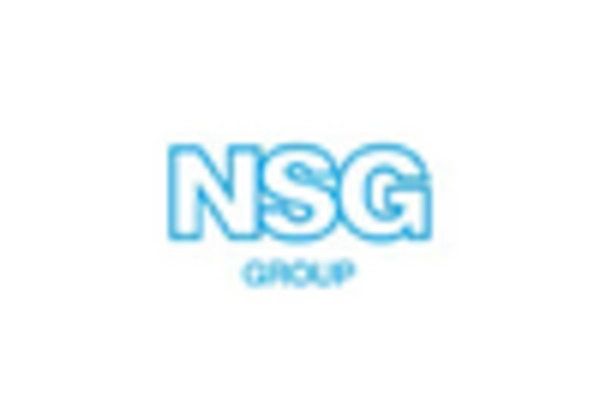

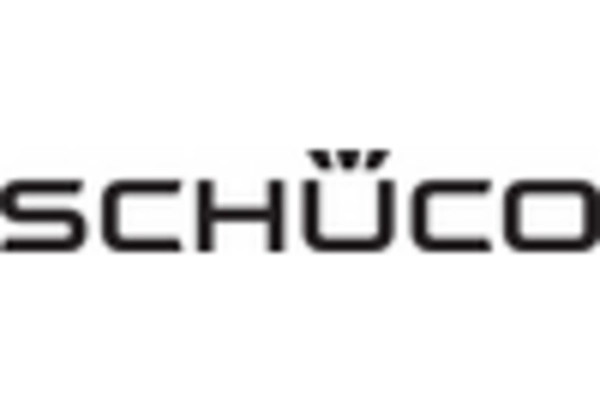








Leave a Comment